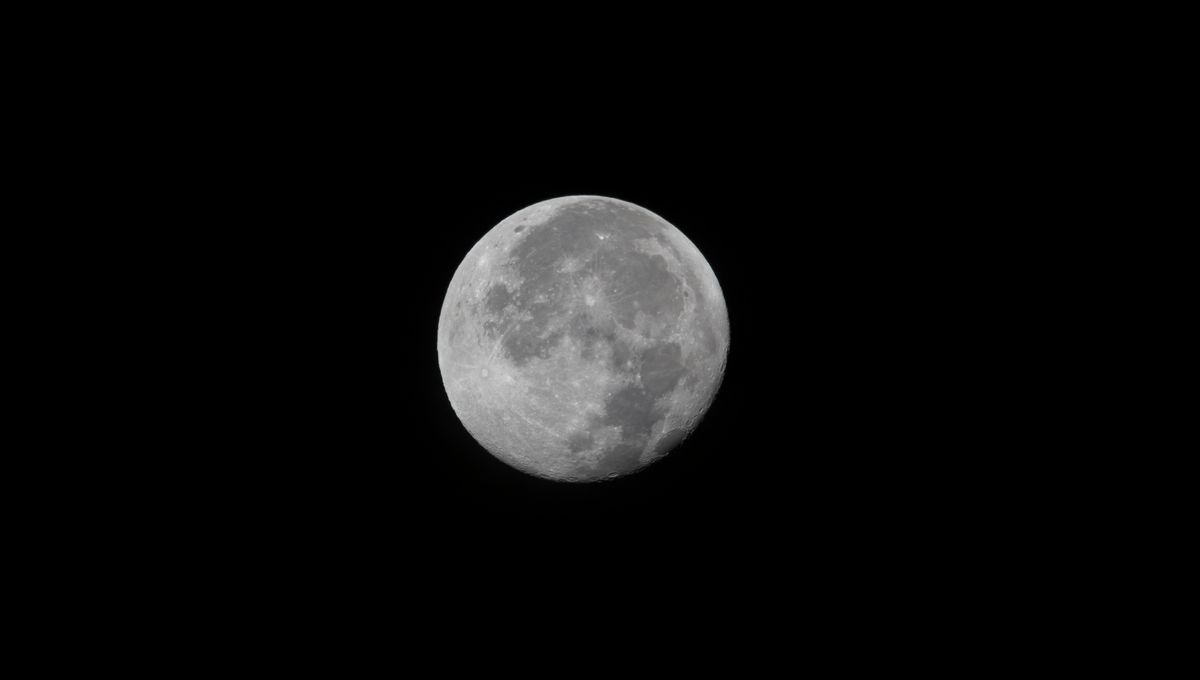
To us, the Moon looks like an immutable gray world. As it goes through its phases, month after month, its face doesn’t change. But this is only a recent development. The Moon has changed much over its long life, from internal and external forces, sometimes both. Magma oceans and volcanism might be a thing of the past but it appears the past is closer to us than we thought. New research provides evidence of volcanism just 120 million years ago.
Back in December 2020, China’s Chang’e-5 flew to the Moon, landed on its surface, and collected almost 2 kilograms (61 ounces) of lunar material. From the samples, researchers have found more evidence of water and even previously unknown minerals. Now, the report is on volcanism. Within the precious sample, the team found many glass beads. A tiny fraction (one millionth of the total sample mass) appears to be volcanic and very young compared to the expected timeline of lunar volcanism.
“There is extensive geologic evidence of ancient volcanic activity on the Moon, but it is unclear how long that volcanism persisted. We investigated ~3,000 glass beads in lunar soil samples collected by the Chang’e-5 mission and identified three volcanic glass beads based on their textures, major- and trace-element compositions, and in situ sulfur isotope analyses,” corresponding author Professor Yuyang He, from the Chinese Academy of Science, told IFLScience.
“Uranium-lead dating of the three volcanic glass beads shows that they formed 123 ± 15 million years ago, which is the youngest lunar volcanism confirmed by radioisotope dating so far.”
We would not have been able to see it with bare eyes, but if we had a telescope, we might have seen it.
Prof Yuyang He
That means that dinosaurs such as Utahraptor or Deinonychus were hunting across the land that would one day become the United States while there were pockets of volcanic activity on the Moon. However, based on the sample, the volcanism was limited. We had to ask the researchers if it would have been visible but sadly it seems like no raptor or Titanosaur looking towards the Moon would have seen the glow of lava.
“The eruption must be small-scaled. Otherwise, it would be observed by remote sensing techniques, like those older volcanic activities on the Moon. We would not have been able to see it with bare eyes, but if we had a telescope, we might have seen it,” Professor He told IFLScience.
Moon samples were collected by the robotic Luna mission of the former Soviet Union and NASA during the Apollo missions. Samples of lunar basalt provided a wide age range for the significant volcanism the Moon experiences. It started roughly just after the time of its formation 4.4 billion years ago (Ga) to at least 2.9 or 2.8 billion years ago. The Chang’e-5 sample pushed that further by almost a billion years and even more when it comes to smaller-scale volcanic eruptions.
“Analysis of lunar samples returned by China’s Chang’e-5 mission has demonstrated that basaltic volcanism persisted to at least 2.0 Ga. It was expected that lunar volcanic glass beads should be older than 2.0 Ga. There is a ~1.9-billion-year gap between eruptions recorded at the landing site, and it is unclear how the Moon could have remained volcanically active at such a late stage,” Professor He told IFLScience.
The volcanism was not near Mons Rümker, the region of Oceanus Procellarum (the ocean of storms) where Chang’e-5 landed, but fortunately for us, some of the evidence of this reached the site before the lander. The mission delivered not just important lunar material but also a lot more questions about the history of our natural satellite.
The study is published in the journal Science.
Source Link: Volcanoes Were Going Off On The Moon During The Age Of Dinosaurs